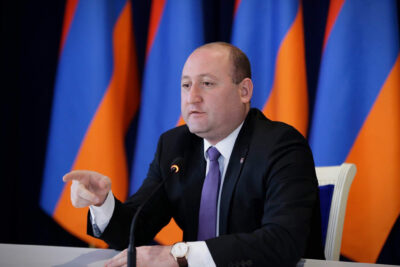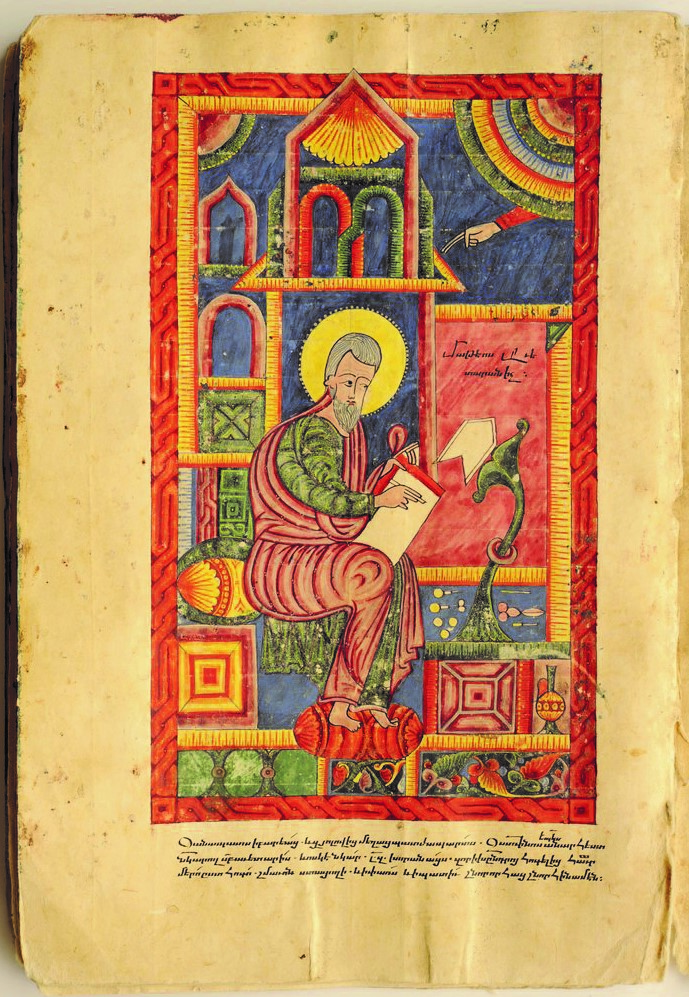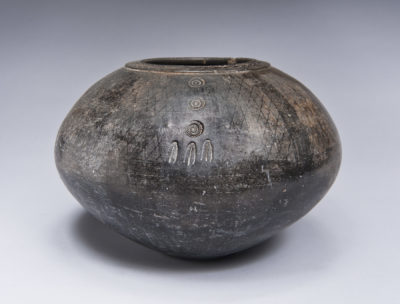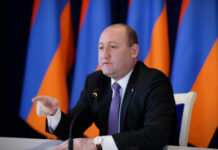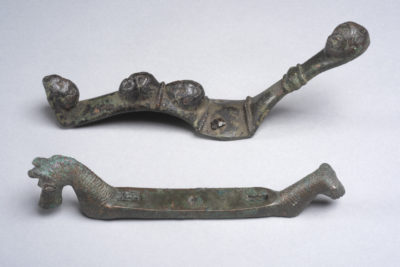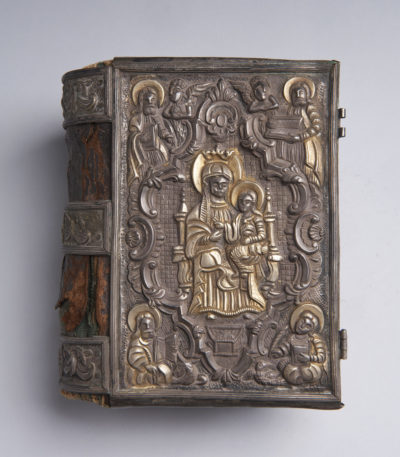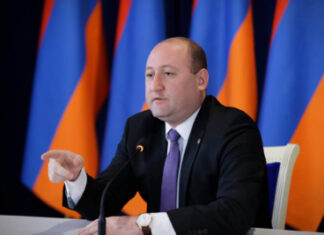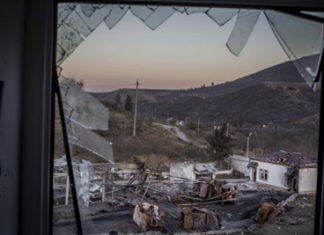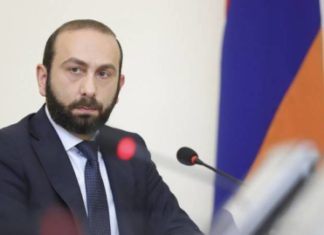WATERTOWN — The Armenian Museum of America (ALMA) has been closed to visitors since the start of the novel coronavirus pandemic last year, but inside its landmark building in Watertown, the staff have been busier than ever, researching its collections, preparing new exhibits and finding ways to connect through the media and Internet with the public.
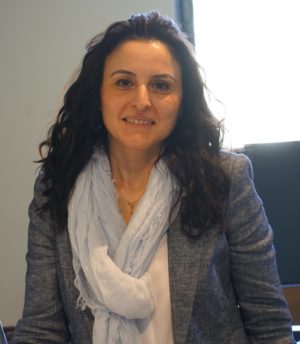
For a museum to be able to operate effectively, it is not enough to possess an extensive and interesting collection. Well-funded research is necessary for identification of items and their proper presentation in exhibits. Fortunately, the museum was able to bring scholar Dr. Alisa Dumikyan from Armenia to help in this work. She was working in France with a post-doctoral grant, related Berj Chekijian, the museum’s director of finance and building operations, when Michele Kolligian, president of the board of trustees, made the connection with her.
Dumikyan was born in the village of Metsavan in the northern Armenian province of Lori. She went to school in the nearby town of Tashir before going to Yerevan for her higher education. She studied at the Valery Bryusov State University of Languages and Social Sciences from 1995 to 2000 and after graduating, was invited to teach there for about a decade. She also taught at the Russian-Armenian (Slavonic) University and the French University while continuing her education.
After a master’s degree from the National Academy of Sciences in 2008, Dumikyan worked as a senior researcher in the Academy’s Institute of History while completing her doctorate, which concerns 19th century issues in French Armenology, and afterwards led to the Armenian-language book Issues in the History of Ancient and Early Medieval Armenia in French Armenology of the 19th Century” (Yerevan, 2014).
At the museum, Dumikyan explained that it was necessary to first reexamine the collections to see what they encompass. Initial categorizations by donors were not always correct. She presented a number of items that she had been researching and observed, “Most manuscripts here are damaged and don’t have colophons. So if nothing exists on the work, you have to study the period, the writer and the illustrator. This takes much time.”
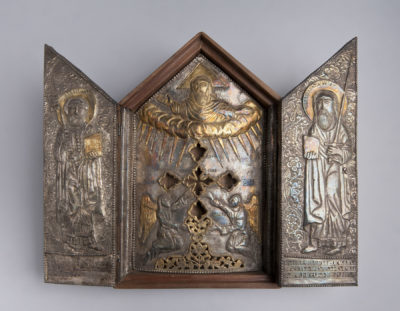
There was a manuscript listed as from the 16th century, for example, which she realized might not be from that period. It was not a hymnal as described, but actually a “manr usumn” liturgical musical codice, with melodies indicated by the khaz type of Armenian musical notation. Dumikyan began contacting experts in the Republic of Armenia to confirm her suspicions.
